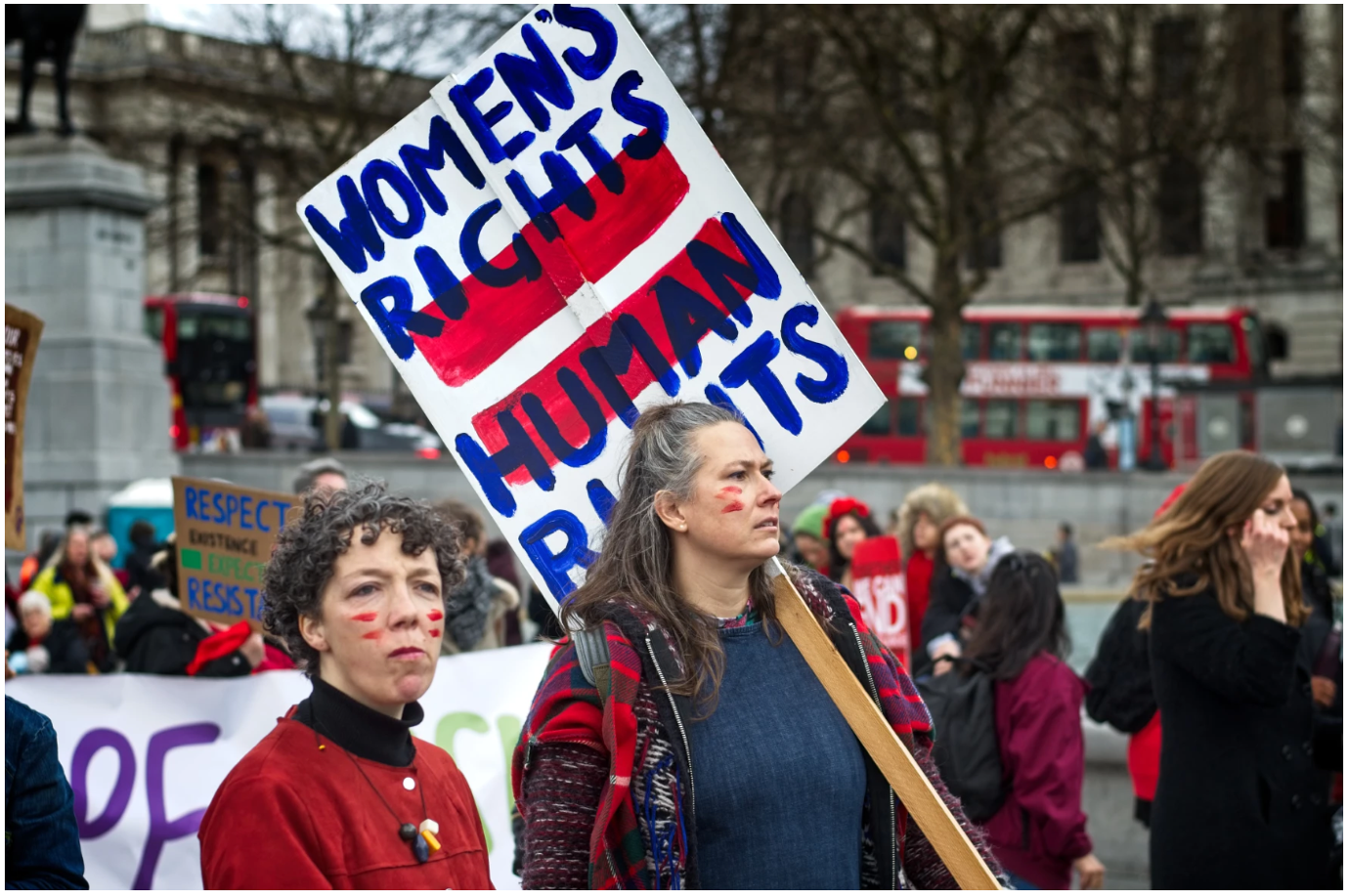
Women have had varying roles within society throughout history, and within politics these roles have ranged from having no control over their own lives, to becoming presidents. However, women still aren’t being awarded the power that many believe they could have. In the UK in 1979, 3% of seats in the House of Commons were held by women, compared to 34% in 2019. These increases are likely due to policies and programs like the Sustainable Development Goals as well as grassroots activism and increased representation for women in politics.
The Seneca Falls Convention 1848, presented an opportunity for women to gain some power in society and the failings of men to appreciate women were acknowledged. The convention was held over two days where on the first only women were part of the discussions, then men joined on the second day. The Convention led to positive changes for women in the United States as one of its most important resolutions was that laws that labelled women as inferior to men had “no force or authority”. It also stated that women should “secure to themselves their sacred right to the elective franchise”, in short, stating that women should have the right to vote. The Suffragettes in the United Kingdom in 1920, then continued this fight and helped it gain global traction and attention for the political welfare and autonomy of women.
Today, current manifestations and developments of this fight are being seen through the #MeToo and other movements. Globally, there have been many movements led by women, and for women, who are fighting for their rights around the world.
Women and their bodies have always been under the influence and control of governments and men. Forced sterilisation of minority groups, including disabled people, in the United States forced women to relinquish control of their reproductive organs. China’s Once Child Policy also resulted in many baby girls being killed or abandoned due to their father’s desire for a boy, as well as leading to increases in domestic violence or the medical abuse of women. And more recently, Roe vs Wade proved that even though there have been many improvements for women, they are still facing many challenges. Roe vs Wade banned abortions in some states within the United States, meaning that women don’t have access to safe, medical abortions, and could be forced to have a judge or other people involved in the medical procedure.
However, globally, women found this appalling and another way for men to control their bodies, especially as many of the policymakers involved in the decision were men, to which four out of five who voted to overturn the ruling were men. Roe vs Wade brought women from all over the globe together to fight for their reproductive rights. This led to protests all over the United States, as well as a lot of social media attention, making women around the world aware of what was going on in the United States and bringing them together.
After the next general election, the British parliament may become the “most diverse parliament ever”, in terms of race and ethnicity alongside gender. This is a very hopeful prospect as we can assume that this will give women more of a voice in British politics. But, at the end of the day there have already been women in British politics who have been ignored, or even demonised in some cases.
Some have even gone so far as to argue that women make for better politicians than men due to their more caring and hardworking natures. This makes us think about women’s versus men’s abilities to lead. Women have historically been seen to have more meek or gentle natures which men have argued makes them unsuitable to politics or positions of power. But in contemporary society, we must reflect on statements and opinions such as those that disregard women’s ability to take control.
When we look at this, and everything else that women have done for and in politics that I have explored in this article, it raises the question what will it take for women to be taken seriously in the political world?
Image: Garry Knight, 2018//CC BY 2.0 Deed



Average Rating